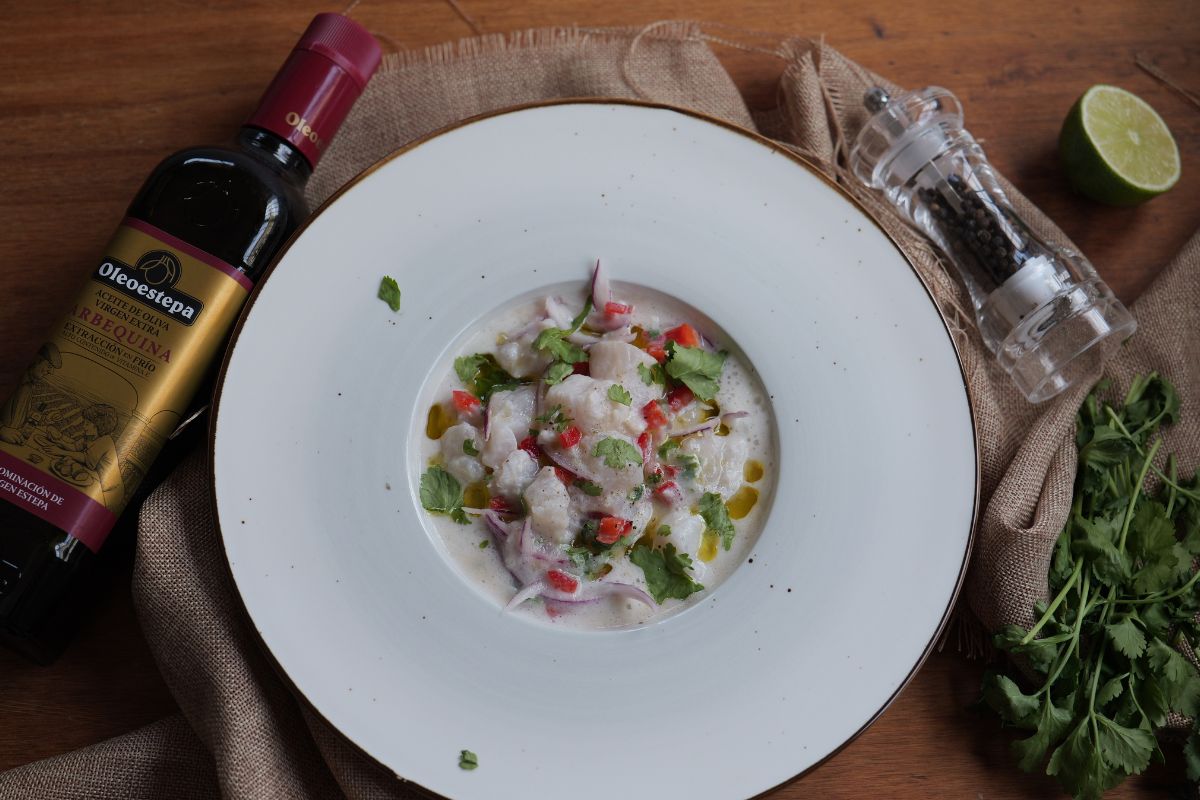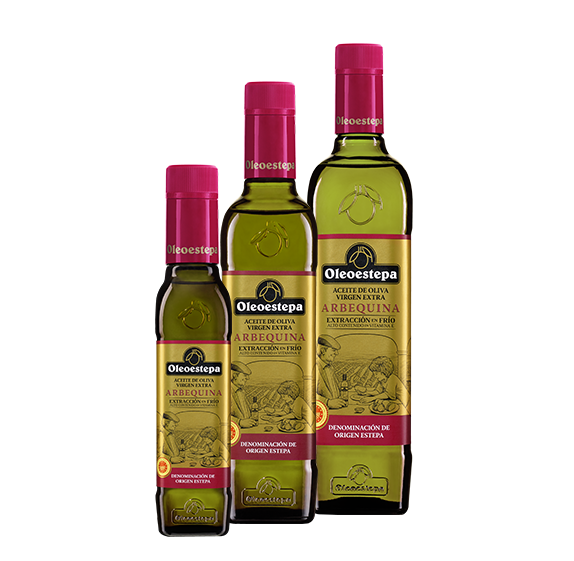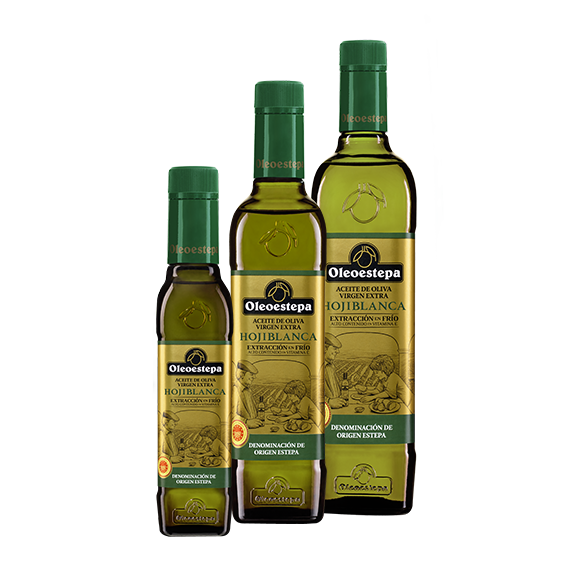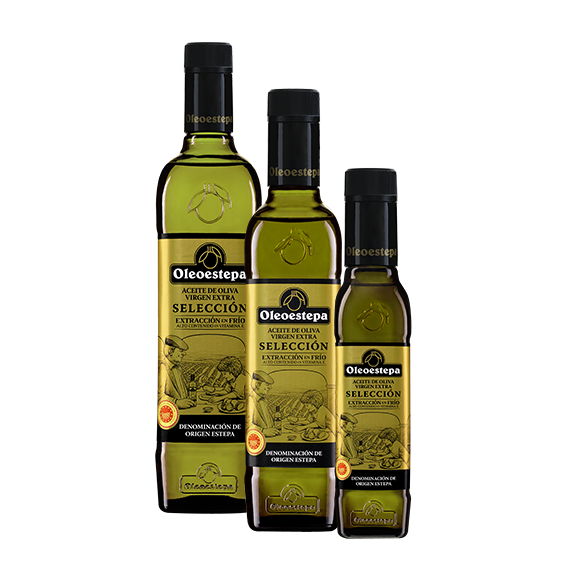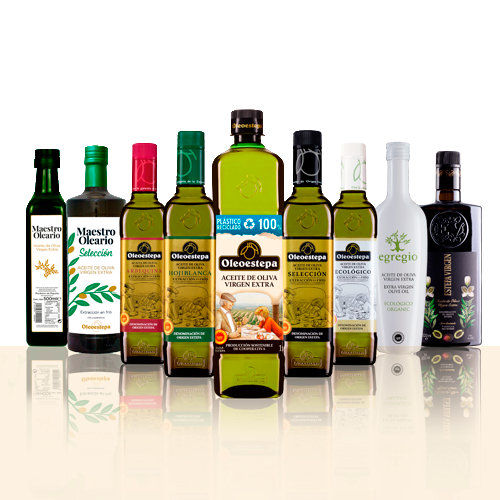Get to know us
We are a large cooperative of 7,000 olive growing families, creators of jobs in a rural area.
Sustainability
An entire ecosystem in perfect balance thanks to a symbiotic relationship between nature and the olive groves.
Latest news
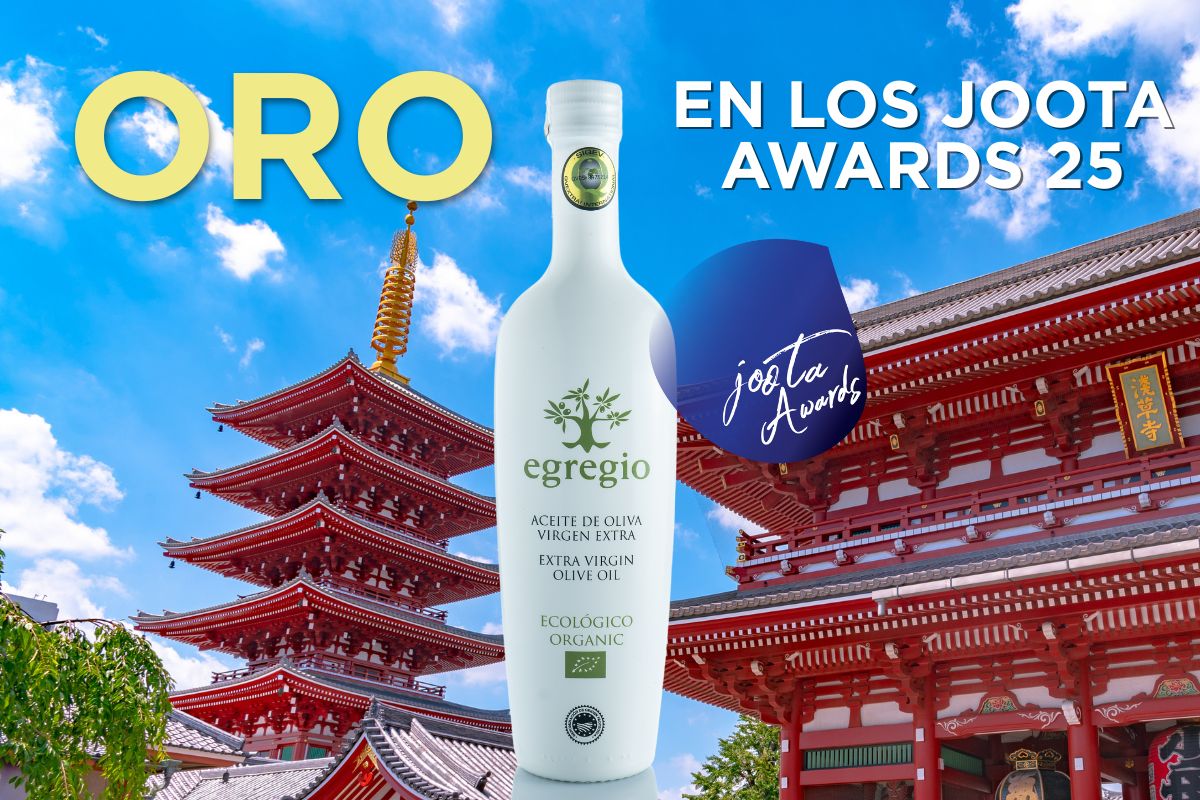
Oleoestepa wins Gold and packaging award at JOOTA 2025
Oleoestepa once again reaches the top of the international podium. At the 2025 JOOTA Awards – Tokyo International Extra Virgin Olive Oil Competition, Egregio won the Gold Medal for quality, while its packaging received a special accolade for design. JOOTA Awards: Japan’s leading olive-oil showcase Organised by the Japan Olive Oil Tasters Association (JOOTA), the […]
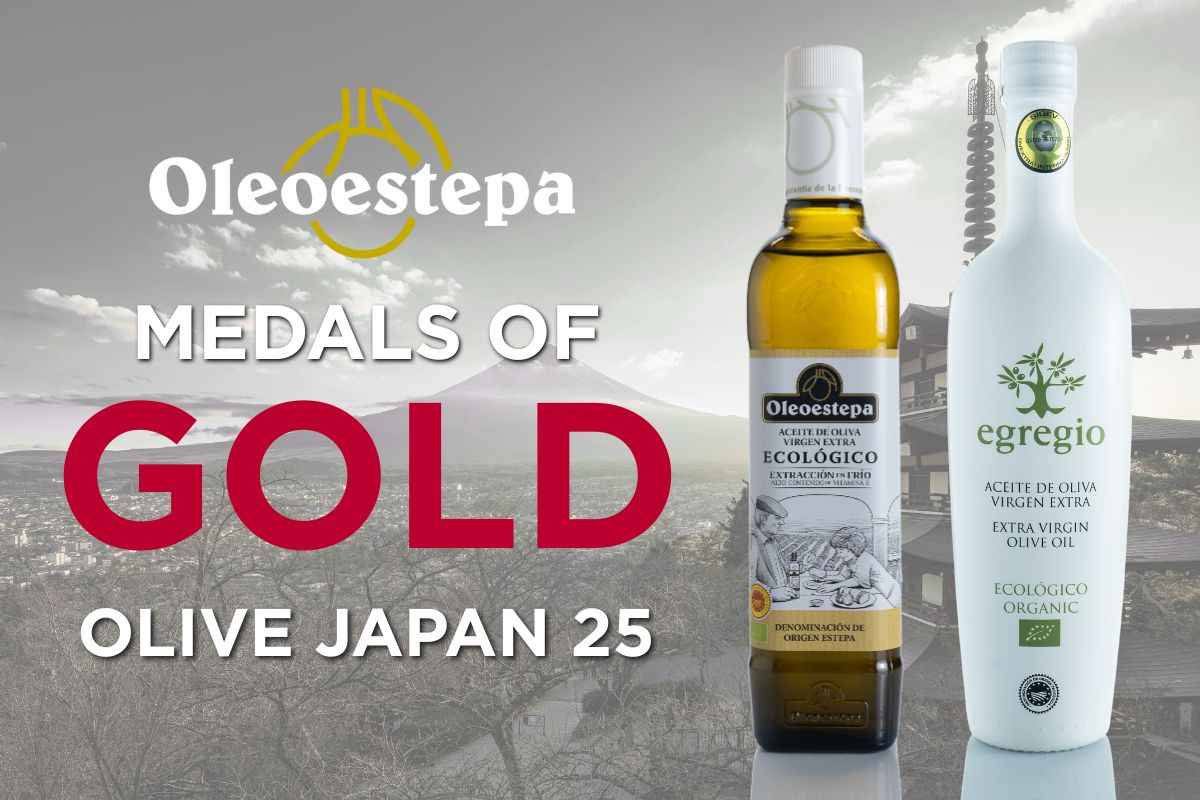
Oleoestepa wins two Gold Medals at OLIVE JAPAN 2025 with its organic extra virgin olive oils
Oleoestepa continues to receive international recognition—this time in Asia—after being awarded two prestigious Gold Medals at OLIVE JAPAN 2025, one of the most influential competitions in the olive oil sector worldwide. The awarded oils were Egregio and Oleoestepa Ecológico, both clear examples of the cooperative’s firm commitment to sustainability, excellence, and environmental respect. These awards […]
Flavours
Disfruta de las mejores recetas AOVE
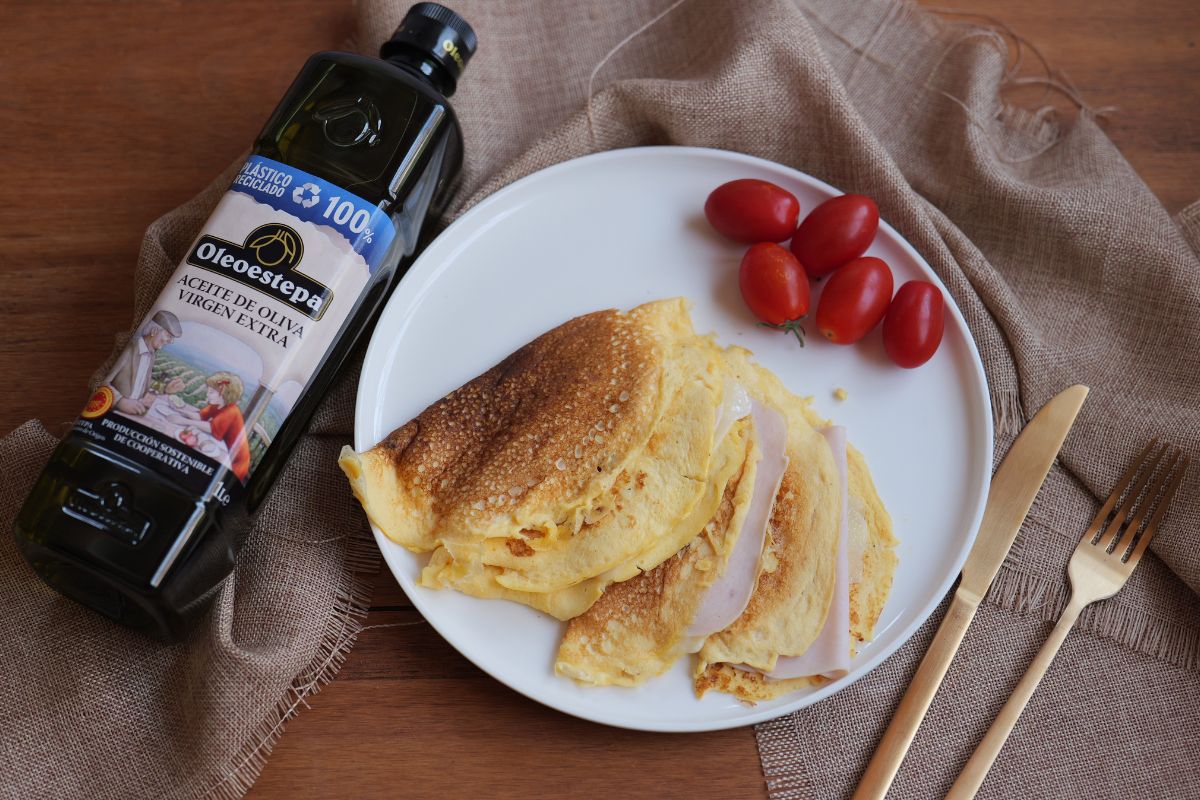
Crepes sin harina, receta deliciosa sin gluten
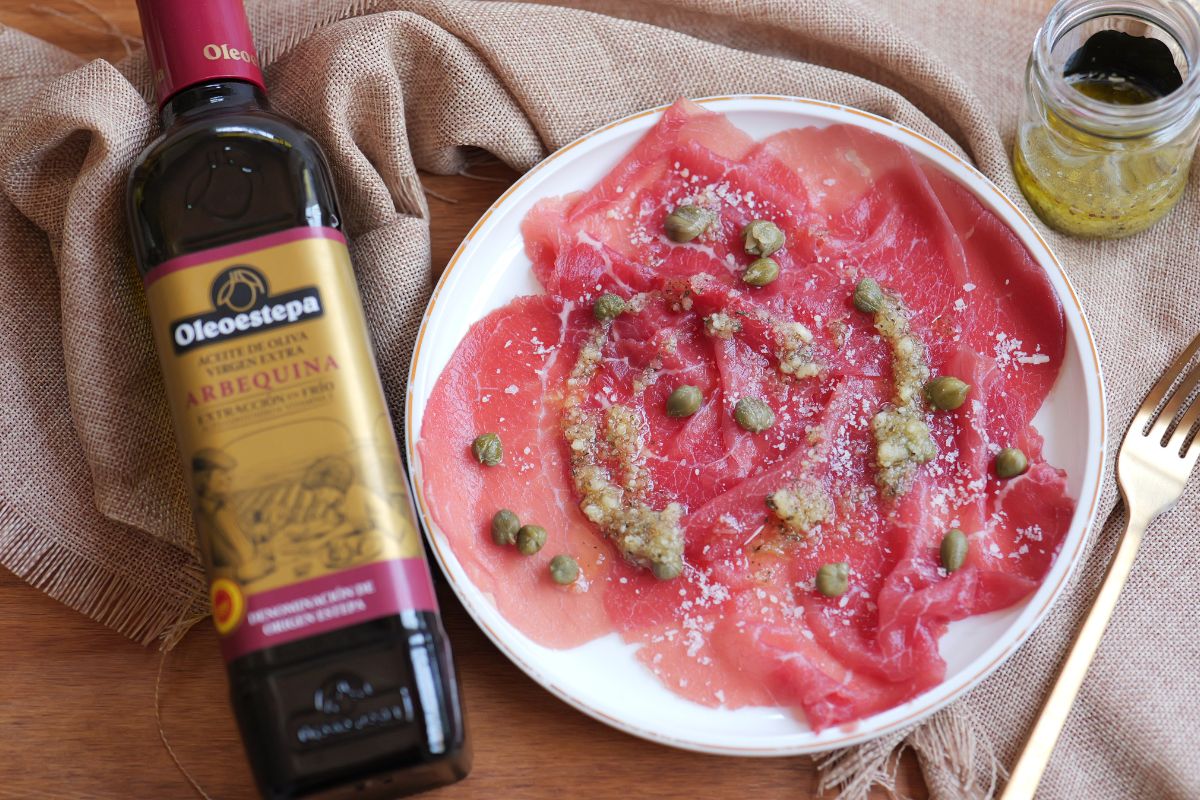
Vinagreta italiana cremosa y sencilla
